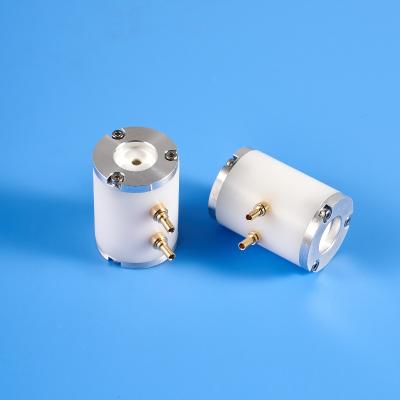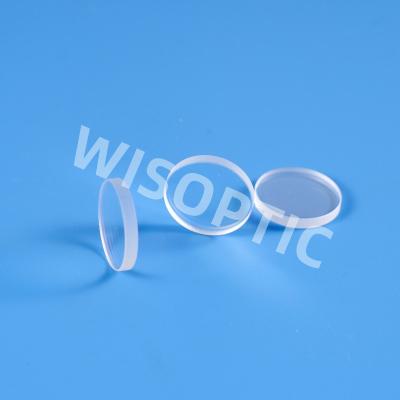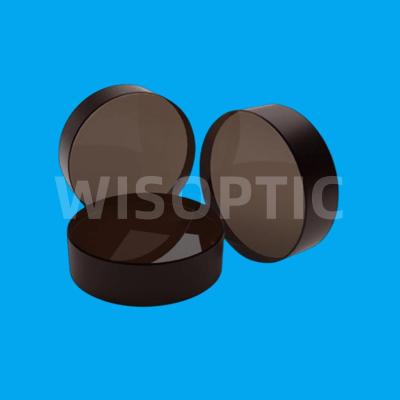Lithium Tantalate Crystal and Its Application - 02
1.2 Near-stoichiometric Lithium Tantalate Crystal
Most of the lithium tantalate crystals currently used are grown from melts with the same composition ratio, which is generally called the same composition lithium tantalate (CLT). However, large number of defects affect the physical properties of the CLT crystal, so researchers have conducted study on near-stoichiometric lithium tantalate (NSLT) with less material defects and better physical properties. NSLT also has better optical damage threshold, higher electro-optic coefficient and effective nonlinear coefficient than CLT. Table 2 is a comparison of the ionic distance between NSLT and CLT.
Table 2. Comparison of the ionic distance between NSLT and CLT
Ionic Distance (nm) | ||
CLT | NSLT | |
Li-O | 0.225 80 0.206 50 | 0.230 60 0.020 45 |
Ta-O | 0.202 20 0.194 80 | 0.205 60 0.192 00 |
Li-Ta | 0.288 10 0.303 20 0.343 30 | 0.304 10 0.306 80 0.335 50 |
The Raman spectrum of CLT has two more peaks than NSLT at 278 cm-1 and 750 cm-1 due to the existence of vacancy defects in the crystal. This phenomena is also caused by the less vacancy defects in the NSLT, as well as the wider absorption edge of the NSLT compared with CLT. Table 3 shows the property comparison between CLT and NSLT. Compared with CLT, most properties of NSLT have been improved. The main advantages of NSLT over CLT are as follows.
1) The coercive field of NSLT is one order of magnitude lower than that of CLT.
2) The NSLT has wider UV absorption edge than that of CLT.
3) The NSLT has higher LIDT than that of CLT.
4) The NSLT has higher electro-optic coefficient and effective nonlinear coefficient than that of CLT.
5) The time constants of photorefractive grating setup and erasure for NSLT are 5 times less than those for CLT.
Table 3. Property comparison between NSLT and CLT
Properties | CLT | NSLT |
Melting Point / ℃ Curie Temperature / ℃ Refractive Index ne Refractive Index no Lattice Constant a Lattice Constant c Coercive Magnetic Field / kV Absorbing Edge / nm | 1650 603 ± 3 2.176 9 2.182 0 5.154 13.781 22 275 | 650 690 ± 3 2.177 2 2.174 5 5.151 13.773 1.7 260 |



